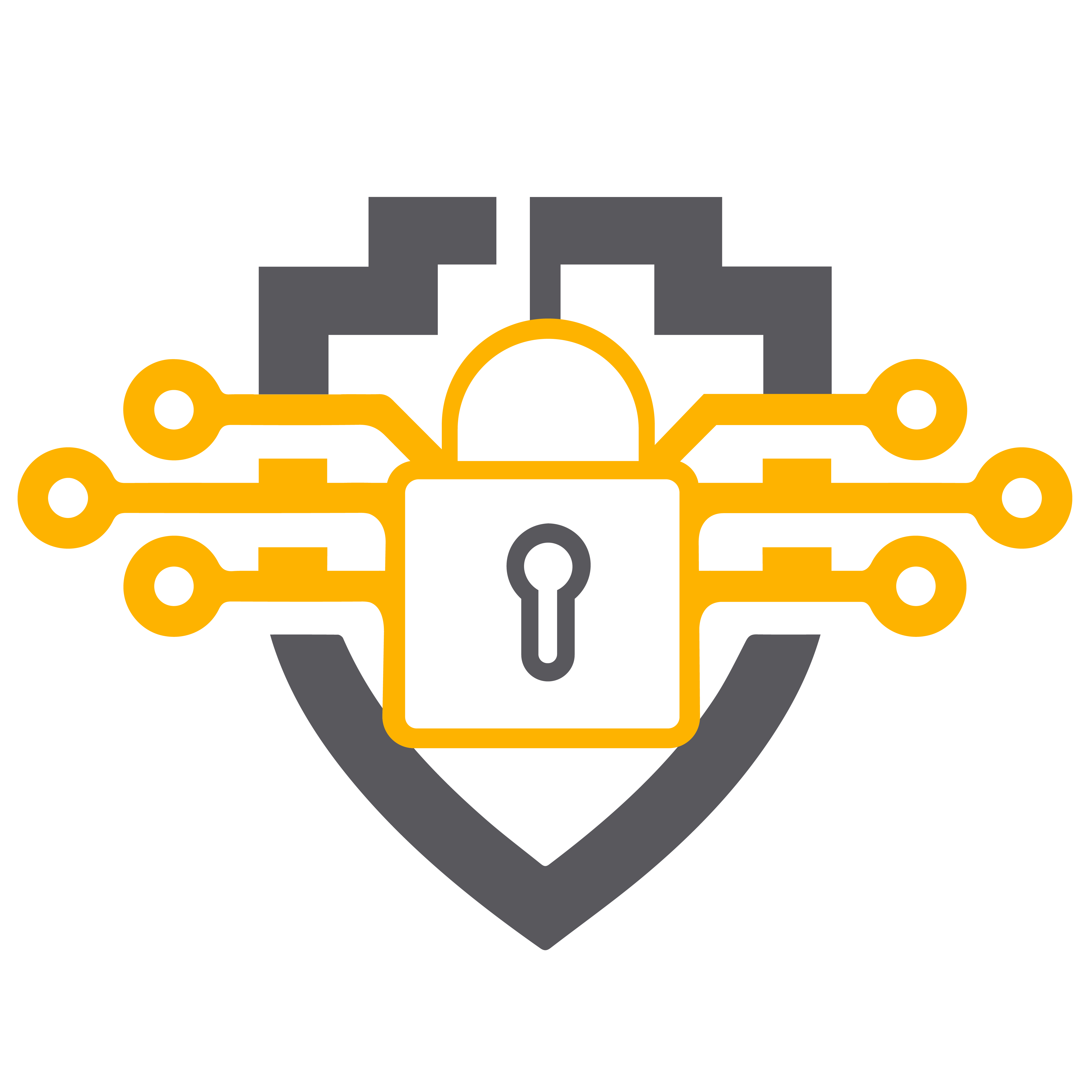
BLOG DETAILS
Tips to Prevent Ransomware Attacks and Ensure Ransomware Recovery
Ransomware is one of the biggest menaces of the cyber world. Businesses have suffered losses of billions of dollars over the years because of this malware. Experts are always creating solutions to ward off these cyber-attacks. And cybercriminals, on the other hand, are also making their best efforts to produce viruses that can incur a maximum loss to the company they want to target. The intensity of these attacks has increased because of the remote working environment. This is why every organization, irrespective of its size and sort, must have advanced enterprise security and a viable ransomware recovery plan.
The adage, ‘prevention is better than cure’ completely fits with the situation of cyber security. If you want to avoid all the losses of ransomware including downtime, reputational loss, and the loss of potential customers, you should take preemptive measures. You must take all those steps that can strengthen your enterprise security against cyber-attacks. And this blog post will help you take those preventive measures and provide you with some suggestions that can help you in the process of recovery.
Things that You Can do To Prevent Ransomware and Ensure Ransomware Recovery:
Internet extortionists use malware to hijack your systems and encrypt your files. To get back control of your systems and data, they want you to pay a ransom. The attacker makes a deal that after you make the payment, you will get a decryption key you can use to regain control of your data. But sometimes they don’t fulfill their part of the bargain and run away with your money. In such situations, you remain crippled for hours, days, or longer.
Fortunately, there are some ways that, if you follow, can help you prevent ransomware from getting onto your computer, as well as steps you can take for ransomware recovery.
Preemptive Measures to Take for a Successful Ransomware Recovery:
Given the complexity of the recovery process, it is important to try to reduce the opportunity for an attack wherever possible. However, besides making your enterprise security invincible, you must be prepared for the worst case. Here, we have enlisted some of the ways you can follow to make this happen.
Avoid Clicking on Unverified Links:
When you see a link in a spam email or on a strange website, you should not click on it. This is because hackers usually spread ransomware through a malicious link that initiates a malware download. Once the malware gets into your system, it can encrypt your files, holding them hostage, only allowing someone with a decryption key to access them. However, to infect your data, the malware has to get on your computer and you can avoid this if you don’t click on an unverified link.
Scan and Filter Emails for Malware:
You can stop ransomware viruses or other malware from infecting your systems by scanning email communications. Email scanning tools can often detect malicious attachments and infected links that are often shared by cybercriminals in email correspondence. After the scanner has detected malware, the email can be discarded. It will not even reach your inbox. You can also get the help of data protection services and they will filter all your emails for you. If they find anything fishy, they will discard the email.
Use Antiviruses and Firewalls:
Firewalls and antiviruses are the vanguards of your security system. They can help you stop ransomware attacks. They will scan the traffic coming from both sides, examine it for malware and other threats. In this way, a firewall can ascertain where a file came from, where it is headed. It also locates other information about how it traveled and then uses that to know whether it is likely to contain ransomware.
Moreover, they will also get you to know earlier when ransomware enters your network. And early detection helps you save your data from total ruin. Furthermore, in such situations, the data protection services will save your systems from getting hijacked.
Download Applications only from Trusted Sites:
Internet extortionists usually put malware on a website and then use content or social engineering to entice a user to click within the site. Social engineering applies pressure on the user, typically through fear or provocation, to get him to take the desired action, in this case, clicking a malicious link. Cybercriminals often create clone sites that look like the original ones. Therefore, always double-check the URL of a site before downloading any application from it.
Always Keep Backups of Important Data:
Backups are the best options when it comes to ransomware recovery. So, always keep backups of your sensitive data. Also, you must take steps to keep these backups safe from all types of cyber-attacks. You can make this possible if you either keep your backups offline or offsite. All these steps are useful for prevention and recovery to a certain extent but hiring the services of cyber security solutions will actually save the day. If you wish to go with the best cyber security provider, you should go with Best Ransomware Recovery.

